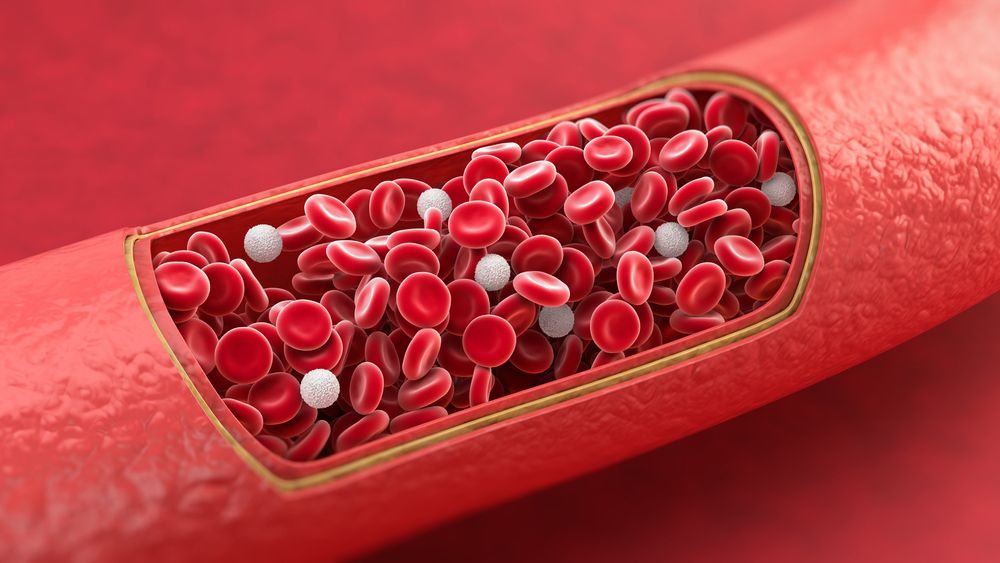In an act of selflessness, a young doctor couple in Malaysia, call off their engagement after discovering they both carry the Thalassemia gene.
Their story, which has touched hearts globally, highlights the importance of awareness and screening for this genetic blood disorder that is silently affecting many across Asia.
Thalassemia, a genetic blood disorder, is silently spreading its grip across Asia. The recent heartbreaking story of a doctor couple in Malaysia ending their engagement upon discovering that they both are carriers of the Thalassemia gene adds a human face to this silent epidemic.
A Personal Story that Sheds Light on the Real-life Impact
In Sabah, Malaysia, a young couple, Dr. Farra Diana and her fiance Dr. Ashraff, made the heart-wrenching decision to break off their engagement after discovering they both carry the Thalassemia gene.
This story gained attention when Dr. Farra Diana shared their ordeal on Twitter on May 27, 2023. Both being doctors, they had firsthand experience witnessing the challenges faced by children suffering from Thalassemia major, who depend on regular blood transfusions to live.
The couple did not want to take the 25% risk of having a child with Thalassemia major and ultimately decided to part ways for the sake of their future offspring. This story has not only moved hearts, but also raised awareness about the importance of carrier screening and understanding the implications of Thalassemia.
Understanding the Genetic Basis of Thalassemia
Thalassemia is caused by genetic mutations that affect the production of haemoglobin, the protein which is responsible for carrying oxygen in the blood. The condition primarily affects individuals of Mediterranean, Middle Eastern, Southeast Asian, and South Asian descent. Approximately 4% of Singapore’s population suffer from this disorder. Thalassemia results in the destruction of red blood cells, which in turn may also lead to anaemia. Anaemia is a condition wherein the body receives an inadequate amount of oxygen as there are not enough normal red blood cells to transport oxygen to the tissues and organs. Its classification as an inherited condition means that at least one parent must be a carrier of the disorder, in order to pass it down to their offspring.
The case of Dr. Farra and Dr. Ashraff exemplifies how carriers of the disorder, often unaware, might face life-altering decisions. Carriers usually lead normal lives but have a 25 percent chance of giving birth to a child with Thalassemia major if both parents carry the gene.
Challenges Faced by Patients with Thalassemia
As observed in the story of Dr. Farra and Dr. Ashraff, patients and families dealing with Thalassemia face numerous challenges. These include:
- Regular blood transfusions and lifelong medical care.
- Financial burden of treatment.
- Emotional strain associated with living with Thalassemia.
- The moral and ethical dilemmas faced by couples who are carriers.
- Screening and Diagnosis
Dr. Farra’s story accentuates the importance of early detection. Knowing one’s carrier status can inform crucial life decisions. Prenatal screening and carrier testing are vital for identifying at-risk individuals. This involves testing blood samples for abnormal haemoglobin and, if necessary, genetic testing.
Screening and Diagnosis
Early detection could play a vital role in managing Thalassemia effectively. Prenatal screening and carrier testing can both be crucial in helping to identify patients that may be at risk. There are several diagnostic techniques, including:
- Testing a patient’s blood sample to test for abnormally shaped haemoglobin or anaemia
- Genetic testing
- Physical examination to assess size of spleen and general disposition
Accurate testing and diagnosis will enable correct classification of Thalassemia variants, and will allow your healthcare provider to recommend appropriate treatment options.
Treatment and Management
Treating and managing Thalassemia primarily focuses on supportive care and curative treatments. Supportive care includes regular blood transfusions, iron chelation therapy to prevent iron overload, and monitoring the patient for potential complications. Curative options may include bone marrow transplantation which offer hope for some patients, but remain limited in terms of their availability and accessibility.
Public Awareness and Education on Thalassemia
Raising public awareness about Thalassemia is vital for both early intervention and in some instances, prevention of the disorder.
Educational campaigns, community outreach programs, and school-based initiatives can help to disseminate accurate information about Thalassemia. Empowering individuals and communities with knowledge is the key to reducing the incidence of Thalassemia in Asia.
The selfless decision of Dr. Farra Diana and Dr. Ashraff is a reminder of the real-life implications of Thalassemia. It reinforces the importance of awareness, early detection, and accessible treatment options. Through concerted efforts, increased public education, and community support, we can combat Thalassemia and lessen its impact on families across Asia.
Disclaimer: The information provided in this article is for educational purposes only, and should not be considered medical advice. Please consult with a healthcare professional for more personalised guidance and various treatment options that may be available to you.
References:
- Thalassaemia and other haemoglobinopathies – World Health Organization. Available at: https://apps.who.int/gb/archive/pdf_files/EB118/B118_5-en.pdf (Accessed: 07 June 2023).
- Holm, G. (2019) Everything you need to know about thalassemia, Healthline. Available at: https://www.healthline.com/health/thalassemia#diagnosis (Accessed: 07 June 2023)














